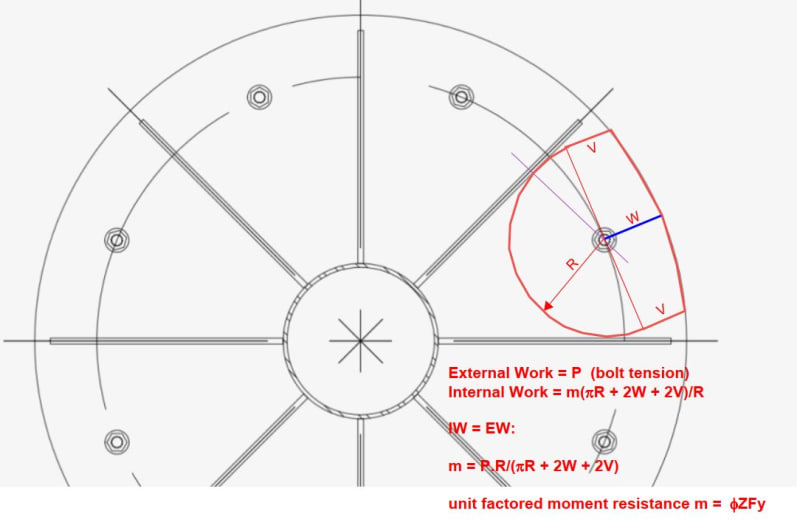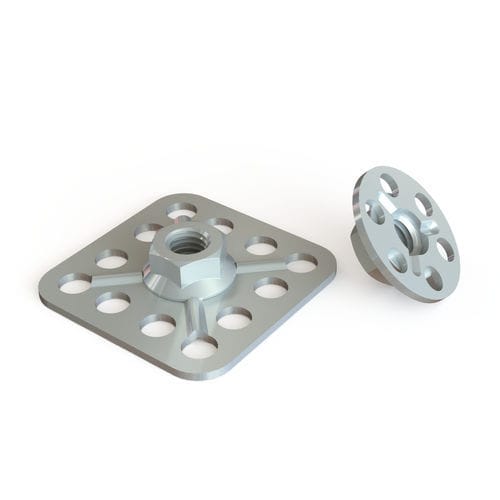-
1
- #1
dik
Structural
- Apr 13, 2001
- 26,044
When using a high strength bolt clamping two pieces of metal together. What effective width do you use on each side of the bolt hole to determine the effective flexural width? Is there a value prescribed by code? or by common useage? I typically consider 4 x the thickness of the material on each side for a total of 8 x the thickness.
For a 1/4" thick plate, I would normally use an effective width of 2".
-----*****-----
So strange to see the singularity approaching while the entire planet is rapidly turning into a hellscape. -John Coates
-Dik
For a 1/4" thick plate, I would normally use an effective width of 2".
-----*****-----
So strange to see the singularity approaching while the entire planet is rapidly turning into a hellscape. -John Coates
-Dik


![[thumbsup2] [thumbsup2] [thumbsup2]](/data/assets/smilies/thumbsup2.gif)
